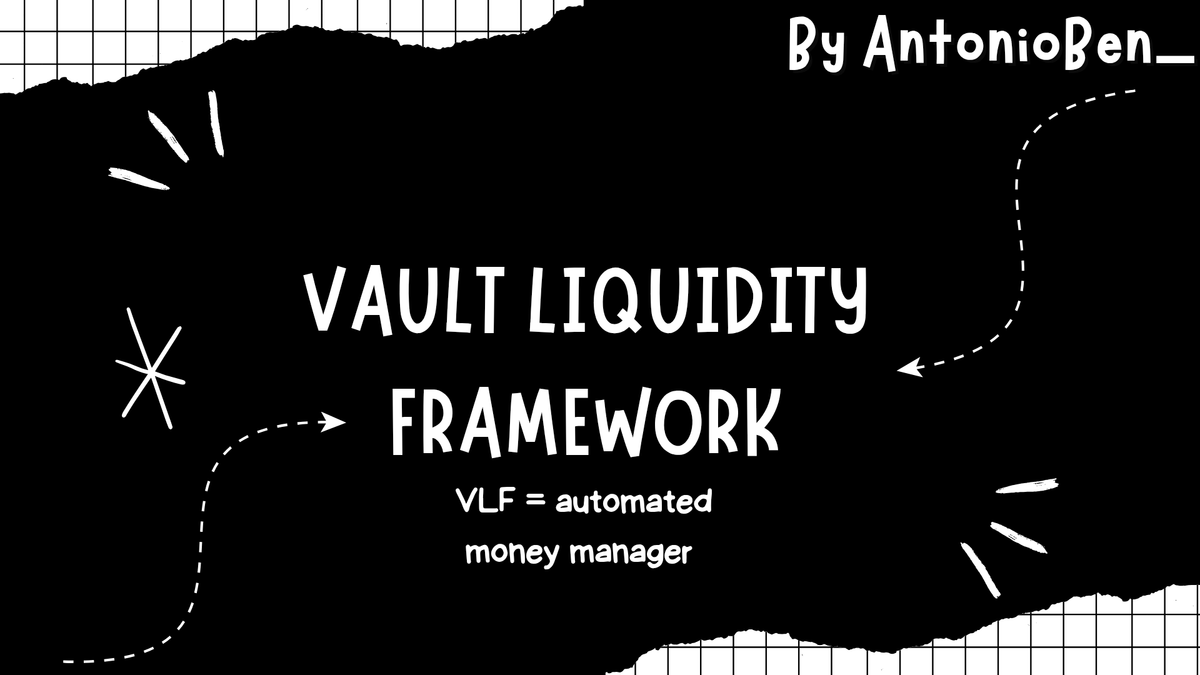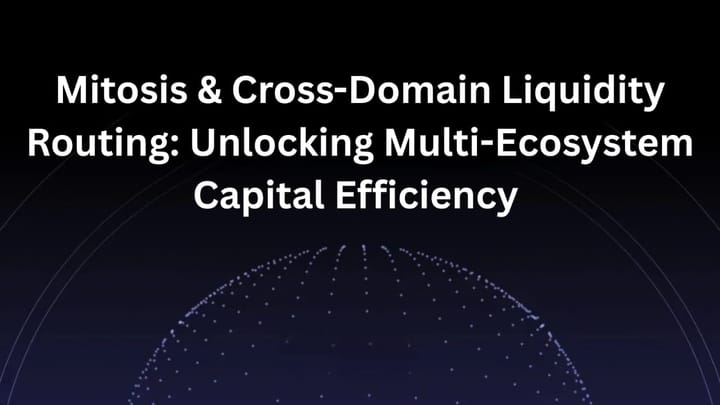Vault Liquidity Framework (VLF)

INTRODUCTION
The Vault Liquidity Framework, or VLF, is a powerful system designed to simplify and optimize how users earn yield in decentralized finance. Instead of manually moving funds across protocols in search of returns, VLF provides structured access to yield-generating opportunities, allowing both users and protocols to benefit from deep, coordinated liquidity.
What Is VLF
At its core, VLF acts like an automated money manager for your digital assets. Users deposit their tokens into a VLF vault, and the system connects that liquidity to various protocols where it can earn returns. This creates a two-way relationship where users gain passive income and DeFi applications gain access to reliable, deep liquidity.
How VLF Works
- Deposit: Users contribute assets, such as stablecoins or other supported tokens, into a VLF vault.
- Connection: The vault is linked to various DeFi protocols that are actively seeking liquidity.
- Allocation: Strategists or automated systems allocate the deposited assets into the most optimal yield strategies across the ecosystem.
- Yield Generation: Users begin earning returns while their capital is working across multiple protocols.
- User Control: Users retain full control over their assets, with options to adjust strategies or withdraw as needed.
Built-in Safety Mechanisms
Security is a core priority in VLF's design. Several protections are built into the system to reduce risk:
- Merkle Proofs: Every strategy execution is verifiable, ensuring transparency and security.
- Deposit Caps: Risk exposure is managed by limiting how much liquidity can be placed in any given vault.
- ERC-4626 Compatibility: Assets within VLF follow DeFi's standard vault model, maintaining compatibility across protocols.
Auto-Compounding and Reward Optimization
VLF simplifies earning by automatically reinvesting profits. As strategies earn yield, VLF harvests and reinvests these rewards, compounding user gains without manual action. Additionally, users may receive extra benefits such as governance tokens, further boosting total returns.
Customizable Strategies
One of VLF’s standout features is its flexibility. Users can choose strategies based on their individual risk tolerance or earning goals. Whether aiming for stable returns or higher-risk, higher-reward outcomes, VLF accommodates various preferences.
Traditional DeFi vs VLF
Traditional DeFi is often fragmented. Users must manually search for protocols, move funds across platforms, and manage isolated liquidity pools. In contrast, VLF organizes these processes, offering a connected ecosystem where liquidity is deployed efficiently and yield is optimized.
Practical Example
A user deposits stablecoin into a VLF vault. The system automatically allocates the funds across multiple protocols that need liquidity. The user begins earning yield from different sources without managing each position manually. The entire process is secure, automated, and flexible, with the ability to adjust risk settings or withdraw at any time.
Why VLF Matters
The Vault Liquidity Framework is a major step forward in making DeFi accessible, organized, and efficient. It transforms the ecosystem from a collection of isolated yield farms into a structured network where liquidity flows smoothly and benefits both sides. For users, this means consistent earning opportunities with fewer headaches. For protocols, it means easier access to the liquidity needed to grow and function effectively.
The future of DeFi lies in automation, safety, and connection. VLF represents this future by offering a smarter, more structured way to interact with yield in the decentralized world.



Comments ()